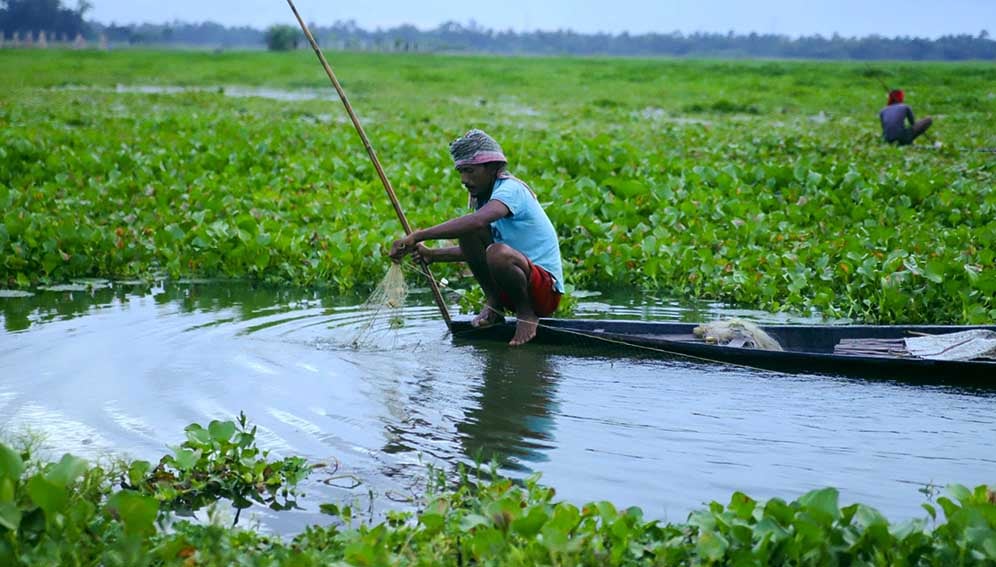In Ethiopia’s Amhara region, a quiet revolution is taking place around the once-troubled Lake Tana. What used to be a source of frustration and loss for local fishermen has now become a surprising solution to energy and farming needs, thanks to a new biogas innovation.
Fentie Wabi, a middle-aged fisherman from Shehagomngie village in the Gondar Zuriya district, has witnessed both the problem and the breakthrough firsthand. For years, Wabi depended on fishing in Lake Tana, one of Ethiopia’s largest and most important lakes, to feed his family and earn a living. But everything changed when water hyacinth — an aggressive, fast-growing green weed — invaded the lake.
“The weed spread quickly and blocked our boats,” Wabi recalled. “It damaged our nets, and we could no longer fish in the usual places.”
Water hyacinth is not new to Africa. In Nigeria, it has caused serious trouble in rivers like the Ogun and the Niger. It grows very fast, covers large areas of water, and makes fishing, boating, and even transportation difficult. For the people of Lake Tana, it was a serious disaster.
Desperate to solve the problem, Wabi and other fishermen in the area tried to remove the weed by hand. But the job was tiring, slow, and not effective.
“We spent days removing the hyacinth, only for it to return quickly,” he said. “Even worse, the waste piled up all around us, covering nearby land and making things worse.”
Just when it seemed there was no solution, a team of researchers introduced a new idea to the community — turning the same water hyacinth that had ruined their fishing into biogas for cooking and lighting. The idea was strange to some, but Wabi volunteered to be the first to try it.
He said the results were life-changing.
“After installing the biogas system, everything changed. I can now cook food and light my home without buying firewood,” he said.
The biogas project worked by collecting the invasive water hyacinth, breaking it down in a simple system, and converting it into gas that could be used in homes. The process also produced a leftover material called bioslurry, which could be used as organic fertiliser on farms.
Wabi didn’t waste time. He began applying the slurry on his small farmland where he grows maize and vegetables. The results were immediate and impressive.
“My maize is now stronger and the vegetables grow better. Since I started using the slurry, I’ve stopped buying expensive chemical fertilisers,” he said with a smile.
This means Wabi now saves money, improves his crop yields, and protects the environment—all by turning a problem into a solution.
Experts say the Lake Tana biogas project is one of several new ideas being tested in African communities battling climate change, pollution, and rising costs of living. Projects like this can help reduce the use of firewood, which leads to deforestation, and also help people find affordable ways to farm and cook.
Wabi’s story is now inspiring other families in the village. More people are asking for biogas systems to be installed in their homes, and the community is slowly reclaiming the lake from the weed.
While the full removal of water hyacinth may still take time, the villagers now have hope. And for Wabi, what once destroyed his fishing business has now given him new strength as both a farmer and energy user.
“As long as I have this system, I don’t need to worry. The weed is no longer my enemy. It is now part of my solution,” he said proudly.
This success story shows that with creativity and local action, even the most stubborn problems in Africa can turn into real opportunities.
